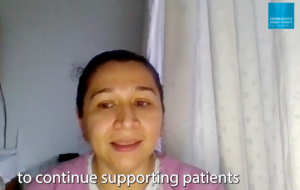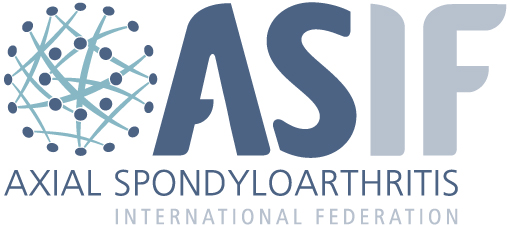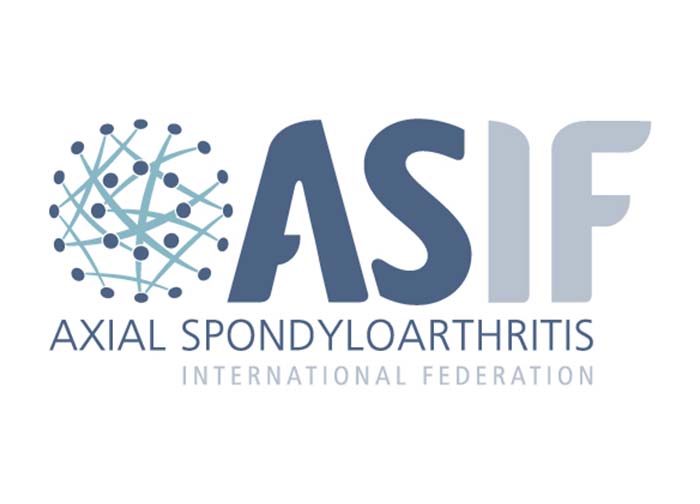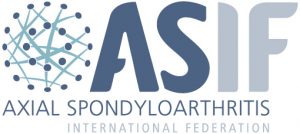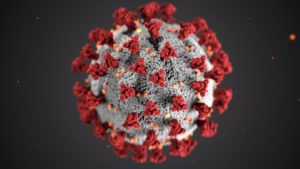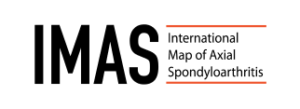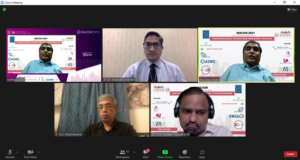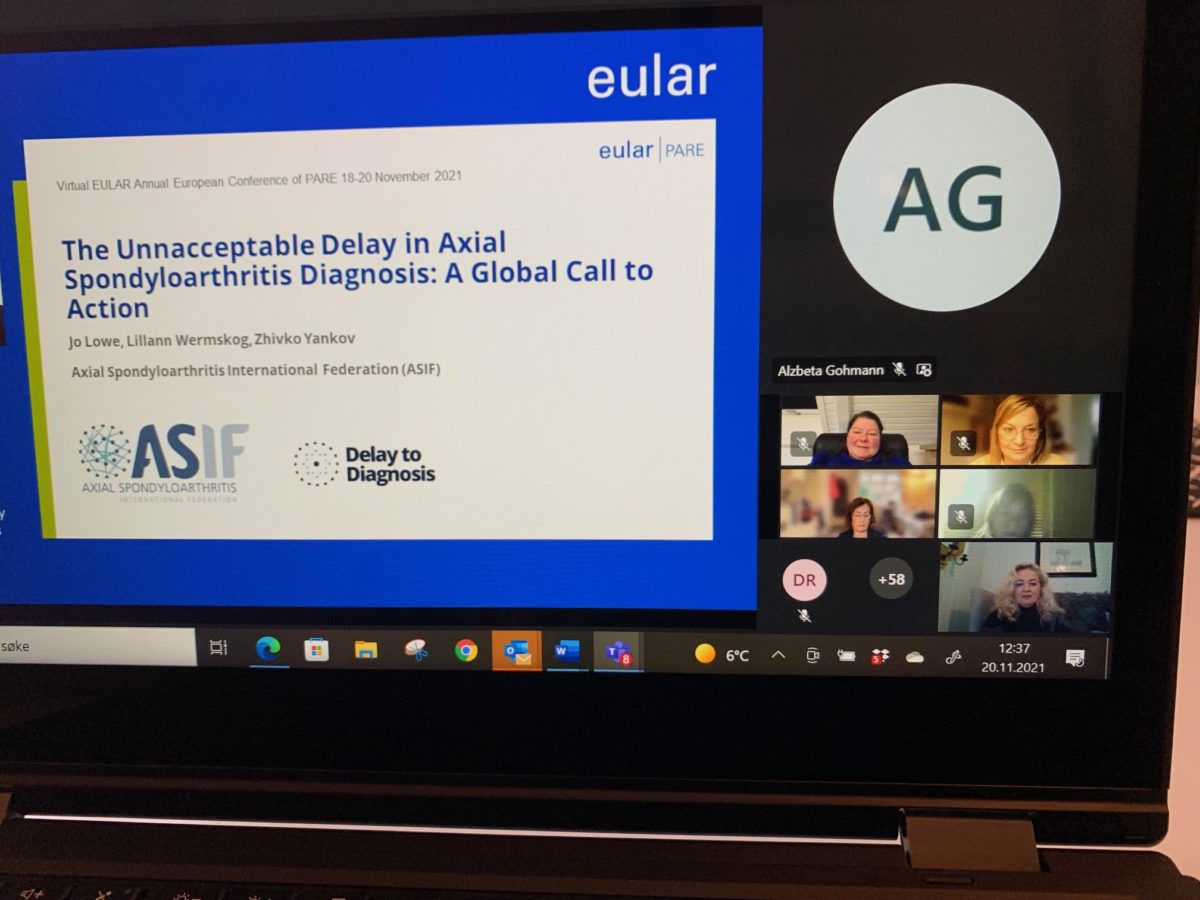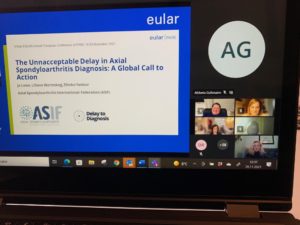
Delay to Diagnosis wins 3rd place at EULAR PARE
Delegates at EULAR PARE voted our Delay to Diagnosis poster presentation in the top three of the conference. Thank you to all who voted for us.
Highlights from EULAR PARE
- Get the information out there: monthly webinars – Ingrid Hennes, ReumaNet vzw
ReumaNet vzw in Belgium improved and updated their IT and used Teams for their webinars. Ingrid explained that there were lots of interesting topics and with no travelling time, it was easier to secure good speakers. The webinars were free and had 60-70 participants. Questions were asked through the chat function. The sessions were recorded and put on You Tube after the live event. Post COVID-19, ReumaNet vzw will continue to run webinars.
You can watch the webinars here: https://www.youtube.com/user/Jorien99/videos
- An oRAnge button as sign of involvement & raise awareness for the RA campaign in Belgium – Mireille Verscheure, RA LIGA
RA LIGA in Belgium have integrated an oRAange button throughout their awareness activities, including World Arthritis Day and WALK Family Day. The oRAange button is featured on their website and used as a lapel pin. Mireille explained how thiis simple tool draws attention to Rheumatoid Arthritis.
- Digital Friends – best practice: challenges and solutions – Karina Krichau, The Danish Rheumatism Association
The Danish Rheumatism Association recruit volunteers with RMD to be part of their Digital Friends programme. The volunteers telephone others with RMD who are lonely or who want to share the ups and downs of the condition with someone who truly understands. Volunteers are matched when they sign up, depending on what they want to get out of the programme. The matching can be based on age, location, or type of RMD. The Association plan to continue running programme post COVID-19.
- COVID-19: The Challenges we faced as a patient organisation and how we overcame them – Nadia Malliou, Hellenic League Against Rheumatism
The challenges faced by the Hellenic League Against Rheumatism during the pandemic included: extensive lockdown, social distancing/isolation and fear of the unknown.
To overcome the challenges, they focused on online engagement with their members. They found this to be an inclusive solution as anyone with a computer or phone could join virtual conferences or access content on demand. They utilised the interactive environment of social media and nurtured a sense of community and support. Their members also utilised their helpline.
- Role of general practitioners (GPs) in the management of Ankylosing Spondylitis – Ugo Viora, ANMAR Italia
The delay to diagnosis is unacceptable. Ugo stated that rheumatologists are involved too late in diagnostic process. The red flags have been changed on the intranet platform used in two selected Italian regions by GPs to manage their patient data with the aim of identifying patients sooner. ANMAR Italia send a weekly newsletter to GPs. They monitor how many patients are sent back to GPs after seeing a rheumatologist, and how many patients suffering back pain underwent the red flag analysis.
- Keynote presentation: Patient organisations in the 21st century – how to best use digitalisation and related developments to benefit the development of the organisation – Marnie Webb, Techsoup, US
Techsoup surveyed community service organisations (CSO) at a global level and despite the size organisations had similar problems. The biggest barrier to digital tool use includes cost of adopting tools, staff training and culture change.
CSOs who believe digitals tools would improve data efficacy say progress is delayed by lack of money, expertise and training.
What four things organisations can do:
- Take control of technology planning and strategy
- Assess
- Decide
- Act
- Measure
Then….create Centres of Excellence (this can be just one person in your organisation who is responsible for the IT/systems). Communicate the progress the IT development is making with the team, and re-evaluate regularly to ensure your system is meeting the needs of your organisation.
Use project management tools to ensure you meet project timelines and crucially, be clear about what your goals are.
- Establishing a youth group during the pandemic – Mary Vella and Jagoda Beltrani-Cordina, Arthritis and Rheumatism Association Malta (ARAM)
During the pandemic, ARMA developed a youth section. They set up social platforms, including WhatsApp and updated their website. They began receiving phone calls from non-members asking for support and advice. Mary invited a patient, Jagoda, to be the ARAM youth representative. She recruited young patients and participated in medical webinars and training conferences. She hopes that these patients will grow with the association and continue to support each other. This group has helped to reduce the stigma around the condition in younger people.
- Keeping senior members involved
Harnessing skills of older members (65 years old +) can be a valuable tactic. Many senior people are using the internet and are relatively tech savvy.
Older and younger people want both digital and face to face connection. A project called ReSurf teaches older people about online safety. It was found that WhatsApp groups seem to be popular with older people. Groups can be established based on age or interest, it’s important not to dismiss certain interests across different age groups. Being able to offer training on using digital tools during pandemic was valuable to people, not just from a rheumatologist disease perspective, but also in connecting families and friends.
